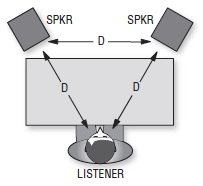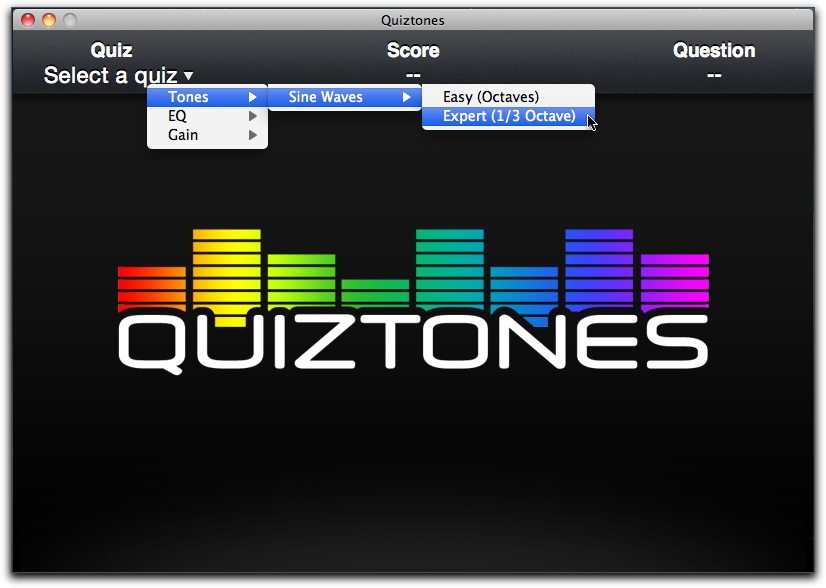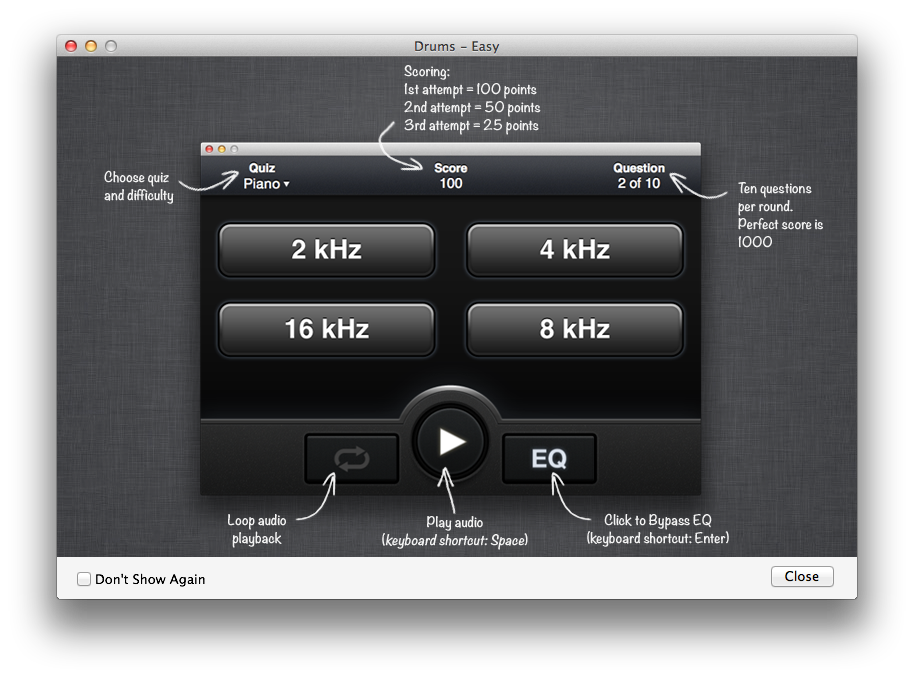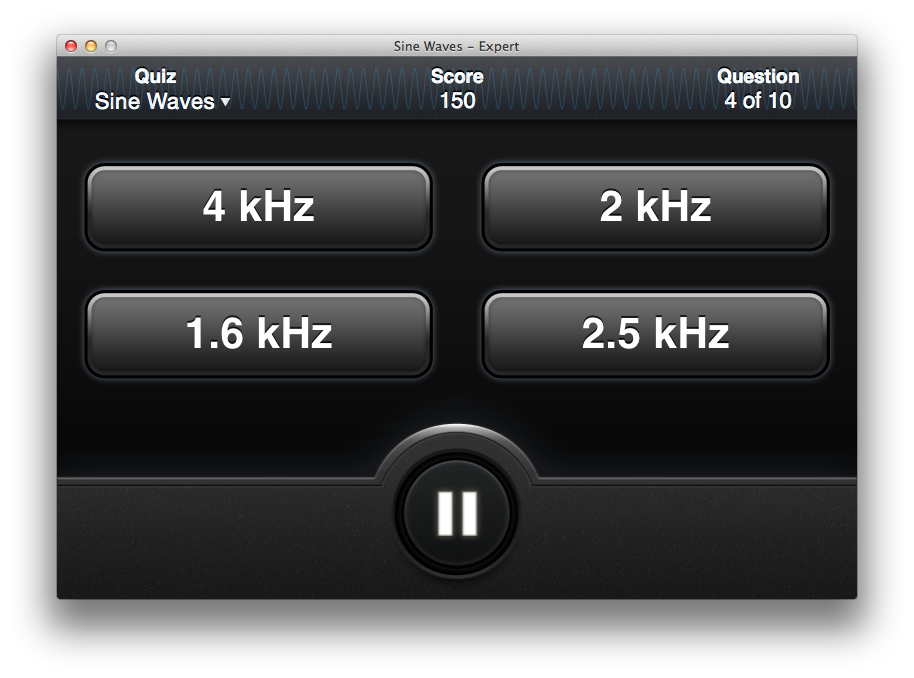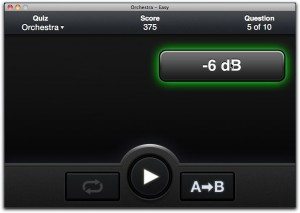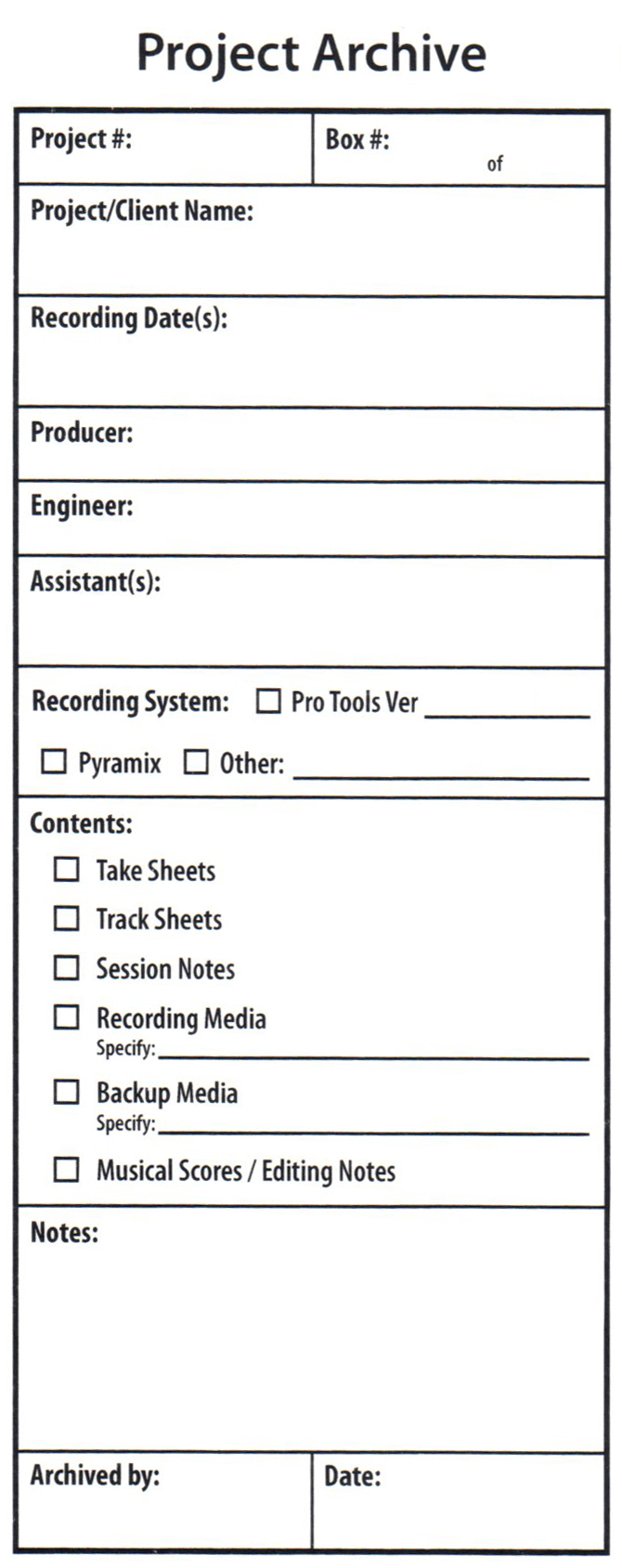There was a time, before images graced our televisions (or televisions even sat in our living rooms), that radio dramas were the primary source of entertainment throughout the land. A dramatic performance including an array of music, sound effects, and dialogue; the actors themselves conveyed the writers intent in lieu of visual elements.
I’m pleased to be leading a group of Ohio University Media Arts & Studies students this Fall Semester of 2012 – 2013 in an internship / independent study to complete several of these radio dramas, an ongoing content initiative of the WOUB Public Media. Students will work with WOUB to complete dramas that are currently in progress; recording vocal actors, designing and recording sound effects, and much more. Completed radio dramas will be aired not only on WOUB-AM but also published on WOUB.org, an opportunity we’re especially proud of.
To any students out there who are interested, there is still a possibility to participate. Just get in contact with me by 12:00pm Friday, September 7.
For all my other loyal fans out there, I hope to be sharing some great student work with you via WOUB.org in the very near future!
Photo: Alex Jennings and Christopher Hampton of BBC Radio 4’s
recording of White Chameleon. Image by Catherine Ashmore.
